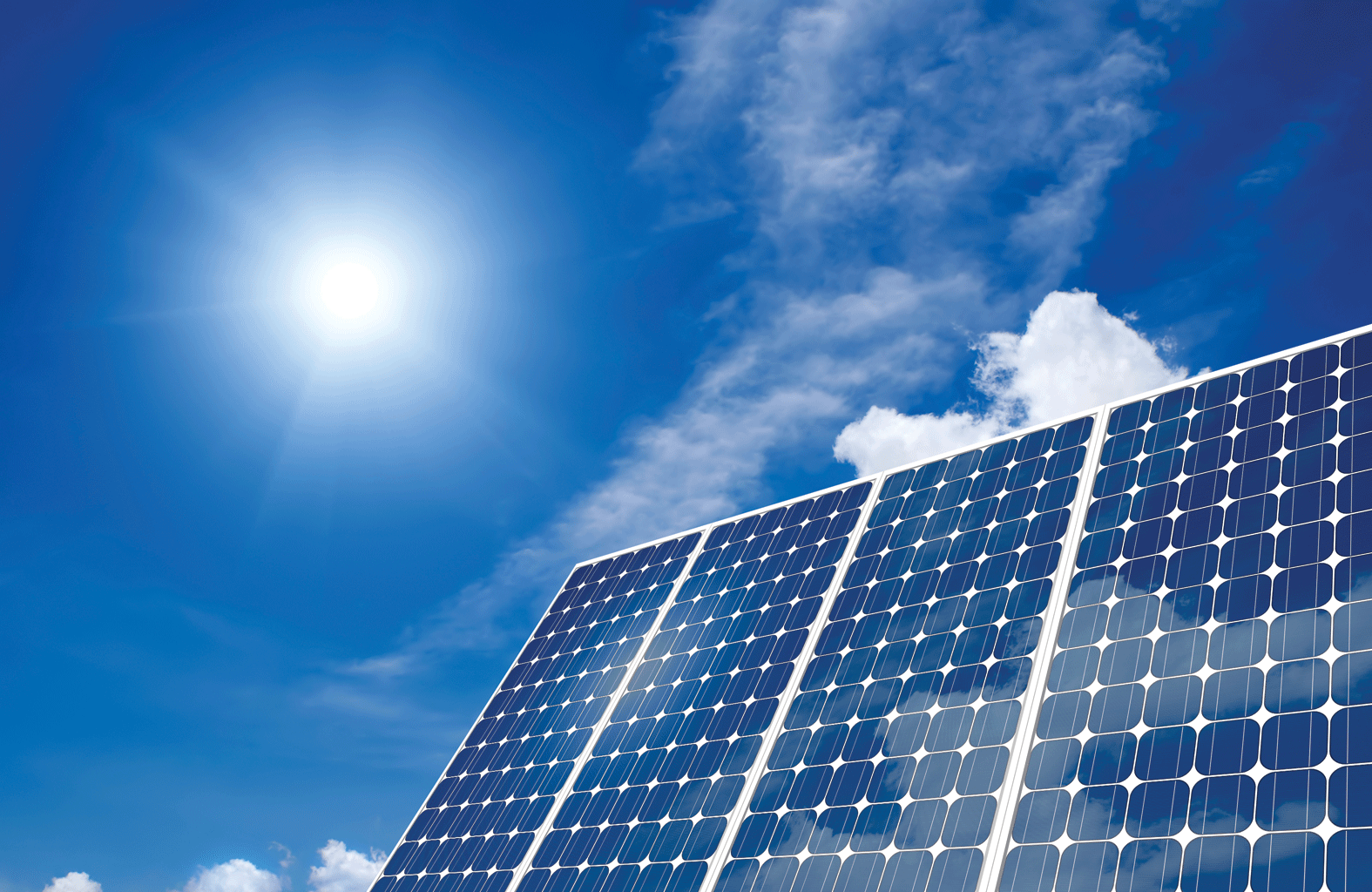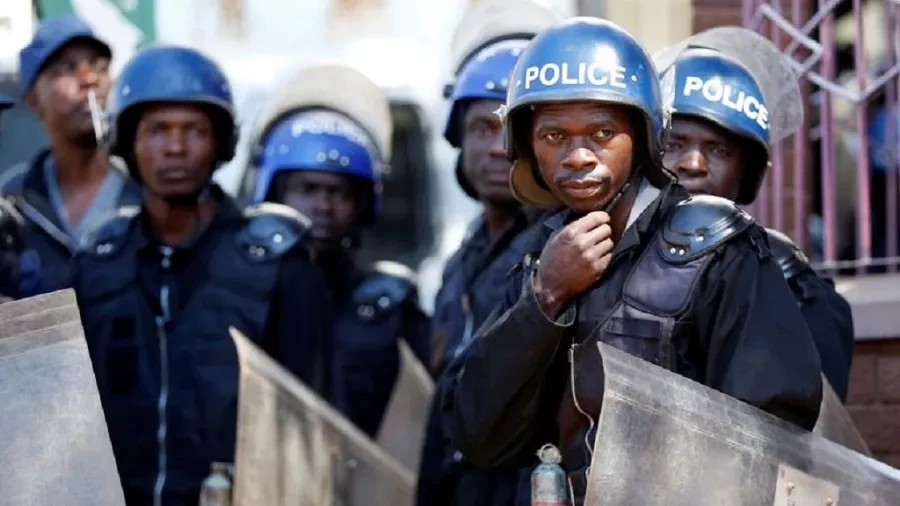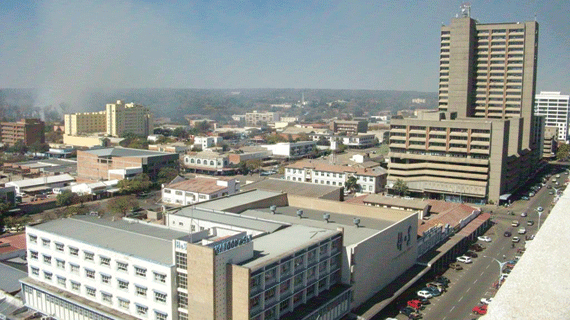
THE GOVERNMENT has proposed constructing a 250 megawatts (MW) solar plant in Gwanda at an estimated cost of between $118 and $250 million as part of efforts to alleviate the perennial power shortages in the country.
GAMMA MUDARIKIRI OWN CORRESPONDENT
According to the national budget presented by Finance minister Patrick Chinamasa last Thursday, the government is targeting constructing the plant within two years. The project is expected to be funded through public-private partnerships.
The government also proposed to prioritise the Hwange Thermal Power Station, which requires $115 million for the rehabilitation, including the overhauling of units 4, 5 and 6 and the auxiliary plant.
The project was allocated $3,2 million for the replacement of the obsolete plant operating system. The government said it was targeting constructing two additional units expected to increase power generation by 600MW and should be finalised in the next five years.
Zimbabwe needs an estimated 2 200MW of electricity, but generates just below 1 300MW. Efforts to plug the gap with imports have often been undermined by non-payment for supplies and the government’s limited fiscal space.
On other key infrastructure projects, the government proposed the prioritisation of finalising long outstanding projects of rehabilitating railway infrastructure at an estimated cost of $830 million and is expected to be finalised in the next 10 years. The government allocated $5,3 million for the project in the next year’s budget.
Regarding rehabilitation of the railway infrastructure, the government has proposed a $15 million project which it says would be funded through a loan accessed from Afreximbank.
- Chamisa under fire over US$120K donation
- Mavhunga puts DeMbare into Chibuku quarterfinals
- Pension funds bet on Cabora Bassa oilfields
- Councils defy govt fire tender directive
Keep Reading
National Railways of Zimbabwe is in the doldrums largely owing to constraints lack of funding antiquated machinery, shortage of skill, among other plethora of challenges.
The once-thriving massive railway stations are now surrounded by rusty, smelly and run-down coaches and wagons scattered all over the place — a confirmation that the parastatal is in trouble.
The State railway firm currently has about 65 locomotives, 3 271 wagons, nine cabooses and 158 coaches against the optimum average requirement of 83 locomotives, 4 262 wagons, 17 cabooses and 145 coaches to run the company viably.
Workers have gone for several months without salaries and at one time the employees’ wives had to take to the streets protesting over late payments of wages.










